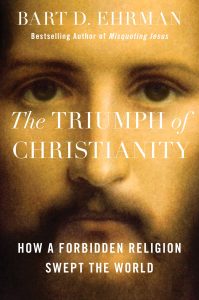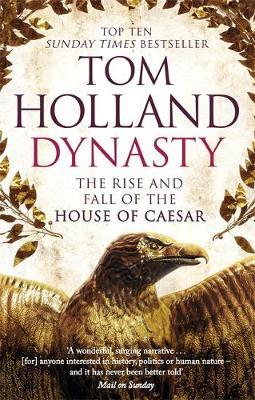
René Salm is way ahead of me in posting on Hermann Detering’s newest release on Christian origins arguing for links between early gnosticism in Egypt and Buddhism from India. He now has four comments online. I have since tried to elicit the main arguments from the second section of Detering’s article via a most welcome but unfortunately less than 100% clear translation of the German original. Last post I outlined Detering’s survey of early allegorical and other gnostic interpretations of the Exodus and how some of these conflated or replaced Moses with Joshua as the central figure. In the next section, part 2, Detering addresses comparable analogies in Buddhism and the Upanishads.
The Eastern allegories place greater stress on the water representing ignorance and fear.
In one Buddhist story the Buddha asks his followers if it makes sense to carry around with them the rafts they had made in order to cross a river to reach him. No, of course, is the answer, since the purpose of the rafts has been met and they are no longer needed. Detering does not make the comparison but I was reminded of Paul’s teaching in Galatians that the law was only a temporary requirement to bring people to Christ and is no longer necessary for those who have become Christians. (I am not saying that Paul derived his teaching from Buddhism but only pointing to the similar concepts.)
In another Buddhist parable the water barrier symbolizes the cycle of birth, death and rebirth. It represents the world with its passions and desires. The rafts represent Buddha’s teachings.
So the metaphor in Buddhism is that the water represents “stream of existence”, monks are the ford-crossers, and those seeking to cross the river to Nirvana are tasked with cleansing themselves from desires and passions.
Walking on water
As for the image of walking on water I have seen in Buddhist temples murals of Buddha standing or walking on a river with his disciples following after him in boats. But I do not suspect that these images were painted before Christianity was known in these parts of Asia. Detering discusses the scholarly research into the origins of such an image in the Eastern tradition and that concludes the motif cannot be later than around 200 BC to 50 AD. If so, the image is certainly independent of the gospels. (The stories of Buddha’s crossing vary in how they describe the act: did he actually walk? or was he transported just above the surface of the water? in some he was not seen walking at all but simply mysteriously appeared on the other side leaving his disciples mystified as to how he crossed.)
Detering points to “close parallels” between the 39th Ode of Solomon and a verse in Buddhist literature depicting disciples of a master teacher struggling to find a way across an expanse of water, but some being swept away in a raging torrent or storm. I am too uncertain of the details to offer a translation or precise citation here so we’ll have to await the translation of Detering’s argument.
In the next section Detering discusses closer apparent links between the Therapeutae near Alexandria in Egypt and Buddhism.



